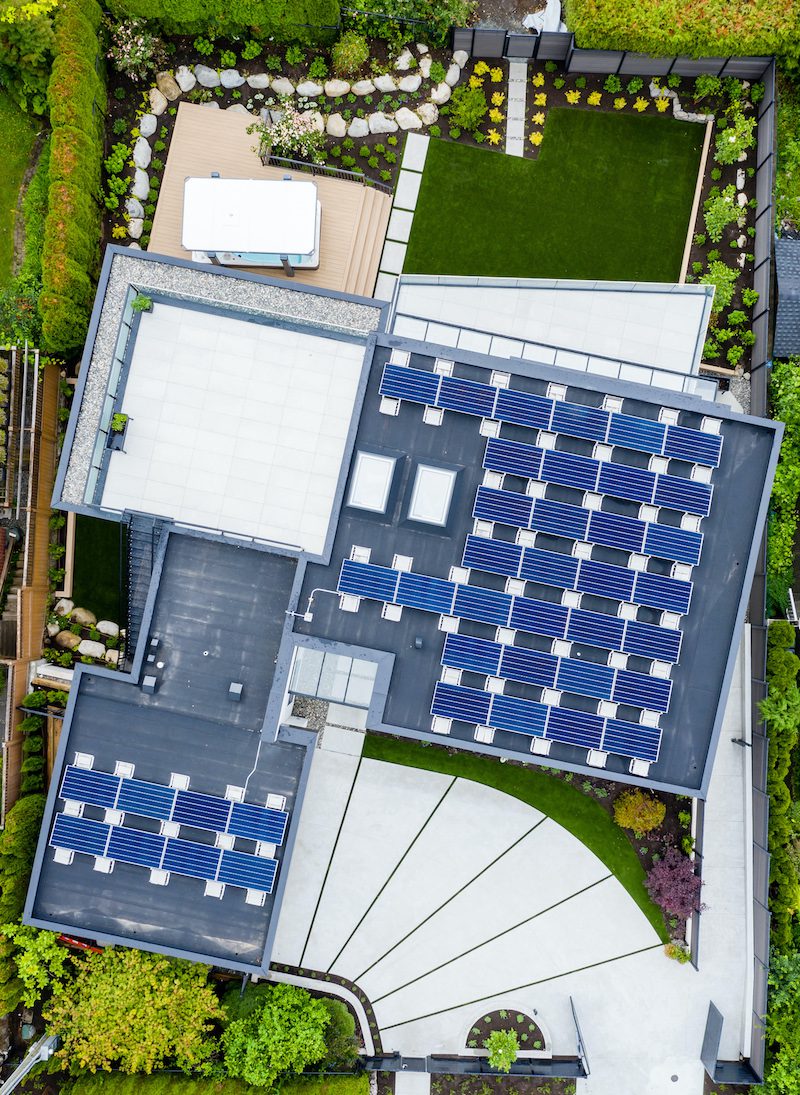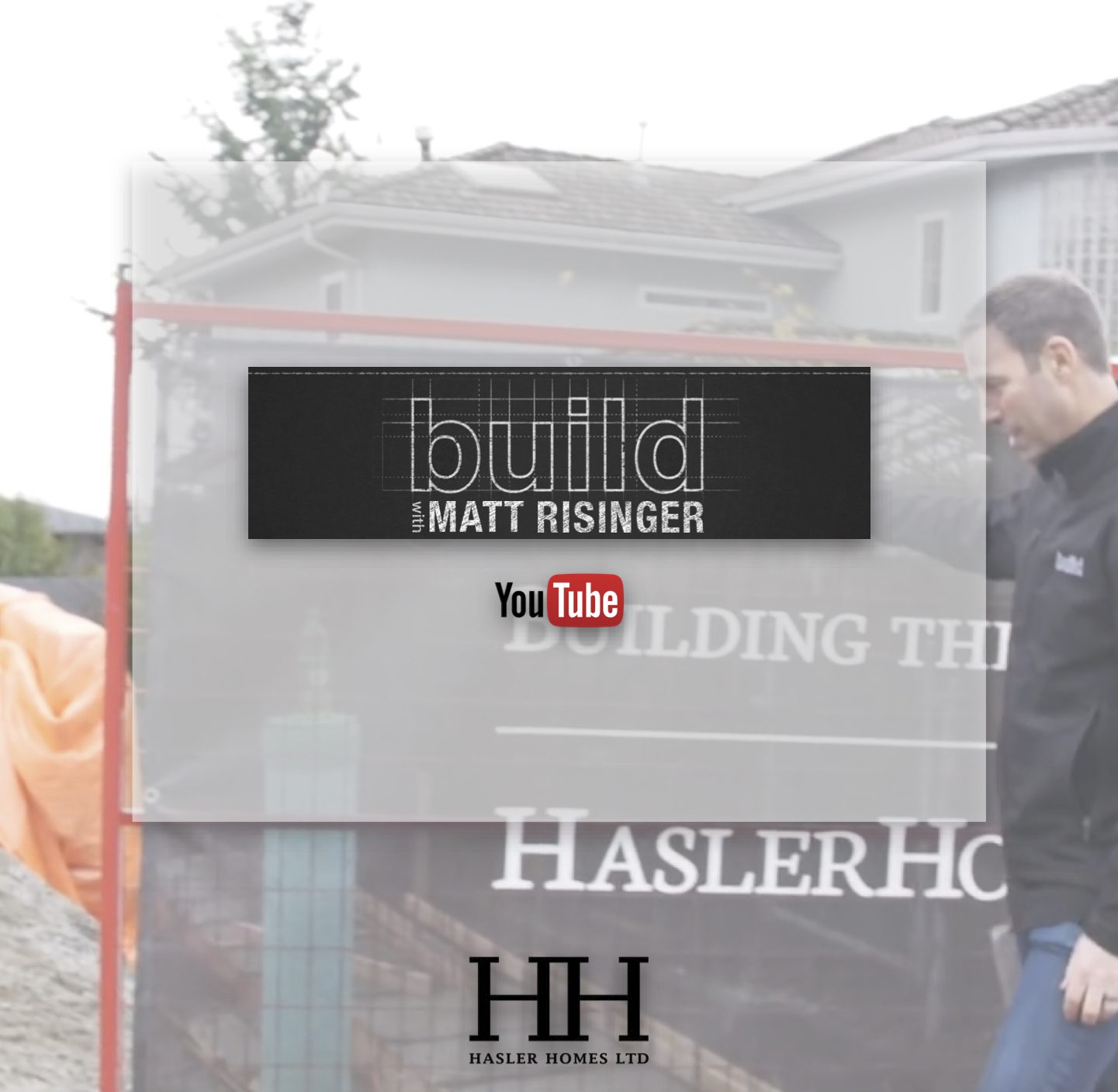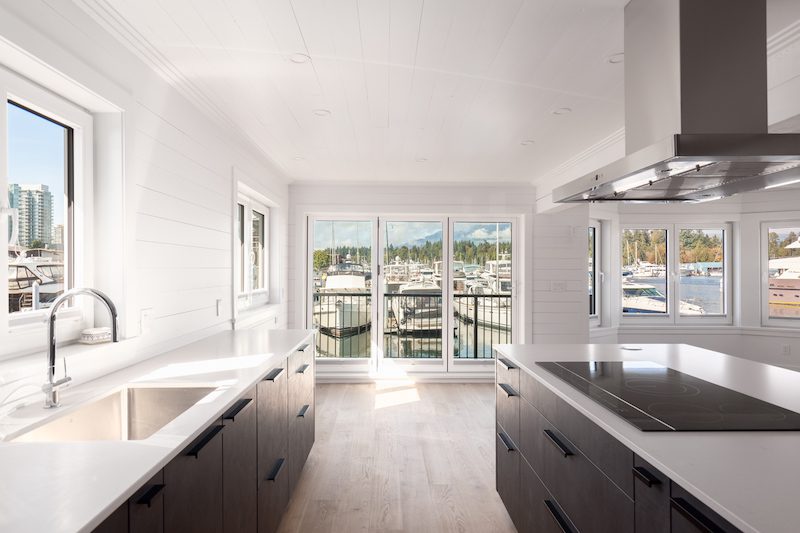Net Zero homes are the way of the future. A few years ago we built our first Net Zero ready home, so we thought we would take the opportunity to share with you what we are learning. To be honest, building a home to be Net Zero is not necessarily far from how we already build homes. At Hasler Homes Ltd, we are high-performance home builders, so we actually find that most of our homes actually end up being Net Zero ready. Our Team is passionate about building better homes, so are always happy to share our knowledge and motivation for building high-performance homes, and hopefully, more Net Zero Homes.
Why Build Net Zero?
Net-Zero homes are on track to be the home of the future. All over the world many jurisdictions are looking at incorporating Net-Zero construction standards into residential building codes. A while back, Vancouver introduced a new Energy Step Code. When they did, it was clear that we were one of those jurisdictions. Over time, as high-performance designs, materials, and systems become increasingly available, they also become more cost-effective. Eventually, the goal would be for the the building industry to integrate these new techniques into all new buildings.
Benefits to The Earth
By eliminating the use of energy derived from fossil fuels, Net Zero homes avoid the associated greenhouse gas emissions associated with electricity production. From what we have heard, most owners of Net Zero homes choose to be connected to the energy grid, but just live day to day life with the connection switched off. Having it switched off is just fine, it won’t be draining any energy in that state.
Benefits to Your Health
When you build a Net-Zero home you are not only benefiting the earth, and your wallet, but you are investing in your and your family’s health. The first thing you’ll probably notice when you are in a Net-Zero home is that the temperature inside is nor hot or cold. In a home built years ago, you’d find drafts due to poorly placed low quality windows. Or you might get a sauna like atmosphere (the windows become a magnifier for the sun). Not with a Net-Zero home. When constructing a home like this, we use methods and materials that include superior heating, cooling, and ventilation equipment in combination with an airtight envelope.
The air system that we installed is a filtered fresh air system which is great for reducing allergens and asthma triggers such as dust, pollen, outdoor air pollution. Not that building a specific home is going to save you from all of your ailments, but it definitely will have its benefits. If you consider your typical home built over five years ago, you have drafts, holes for bugs, spaces in the ceiling that allow for all sorts of dust, pollutants that seep into your living spaces. This is why if you take an extreme example, mold, you’ll know that it is the culprit for family’s getting illnesses from just living in there own home. Mold is the extreme but with a Net-Zero home, the envelope is so airtight that you are eliminating the opportunity for high humidity, water leaks, and condensation to get inside the home and create mold.
Benefits to Your Wallet
When you have a home that is Net-Zero, it doesn’t necessarily mean you are ‘off the grid’. Most people choose to stay connected to the electricity grid so that during certain times, they can still tap into it. Times like these might be when solar production is low. Also during emergencies, or when maintenance or repairs are needed. Of course you can choose to go totally off-grid. But for the piece of mind its almost worth it just to stay connected, and just keep the switch off. It really depends though, dependant on where you live, your family, and yourself. Just make sure you consider your options when making this decision.
Hasler Homes building a Net-Zero Ready home… what does that mean?
When you have a home that is Net-Zero, it doesn’t necessarily mean you are ‘off the grid’. Most people choose to stay connected to the electricity grid. Then they can still tap into it as they need. Times like these might be when solar production is low, or during emergencies. Also for when maintenance or repairs are needed. Of course you can choose to go totally off-grid. In our opinion, for the piece of mind it’s almost worth it just to stay connected, and keep the switch off. It really depends though, dependant on where you live, your family, and yourself. Make sure you consider your options when making this decision.
The Envelope of a Net-Zero Home is Very Important
To create an airtight envelope that is going to make your home Net-Zero ready, you must have a sealed envelope. You can do this by using insulated concrete forms (ICF). These are hollow blocks made of expanded thermoplastic polymer. Many builders use these for insulating a home or adding them to an existing home. You’ll notice the difference, they are energy-efficient, soundproof and comfortable. These expanded polystyrene forms, combined with one of the toughest building materials around, steel-reinforced concrete, create an excellent form of insulation.



